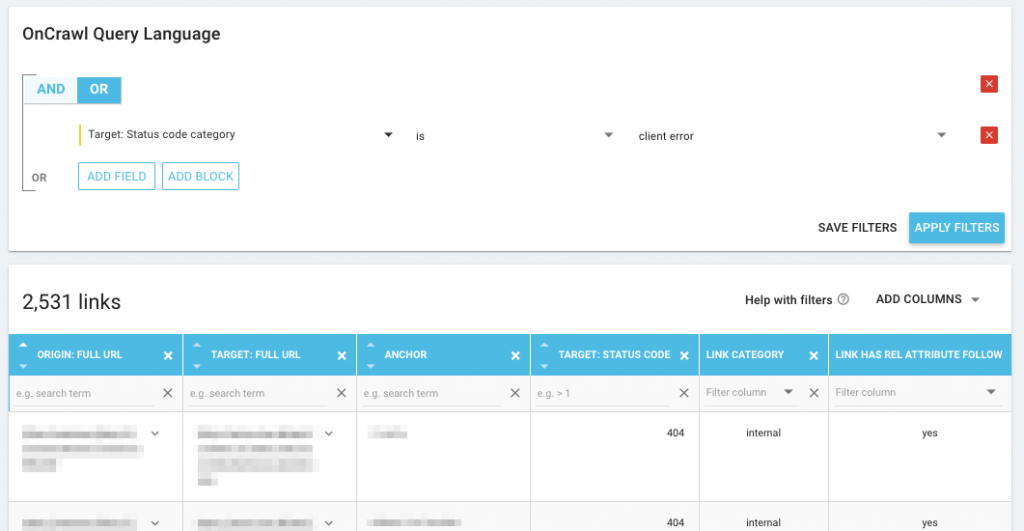SEO and PR are deeply linked and yet, not many companies recognize the potential of this combo. PR has the goal to provide value-add, relevant information for the target users. SEO is the means you use to ensure that the content is seen by those same people. In that respect, these two have to work together if you are to create a good PR strategy.
Google is changing the algorithms continuously, which makes big leaps in terms of SEO practices. If you are to include technical SEO into your strategy, you must adjust to the changes. After all, the changes are created to make the algorithms more effective and create a wide reach.
This is exactly why every advanced, quality PR strategy needs to utilize technical SEO practices to ensure excellence. Search engine perspective is not only a means of harvesting clicks – it’s the introduction of the company to many, if not all future online customers, partners, and clients.
There’s a Price to Ranking Highly
Back when things were simpler and algorithms weren’t so advanced, the SEO game was comprised of top links that popped as the top organic search results. At that time, the ads were found on the side with a focus on the top 10 pages. Right now, you can rarely find such pages. The pages of Google are dominated by snippets, ads, answer boxes, etc. Today, Google AdWords serves nearly 30 million ads per day!
The reality is this – it pays to be top ranked, but it also costs.
So, you have two options. You can either place all of your efforts to plaster the pages with paid ads that might pop in search results and hope for the best. Or, you can create and optimize your quality content in a way that it reaches people early in the buying process and creates a relationship with them, long before the competition does. Naturally, you want to opt for the latter.
The latter also includes the joined forces of your marketing and PR people. If you want to get above the fold, you can invest in the privilege to get high in search results, but you’ll need the combination of excellent content and an investment.
In many cases, excellent content is also an investment. Not everyone is experienced or trained to create top-notch content that would rank highly in search engines. Be prepared to invest in an essay writer that will ensure that the SEO part of this project goes smoothly. But also, make sure to invest in technical SEO, not just keyword-based.
Technical vs. Keyword-focused SEO
Most people instantly think of keywords when they hear the word SEO. However, keywords are just a part of SEO. An important part, of course, but still – just a part. The SEO practices have changed a lot and have come far from just filling pages with relevant keywords and phrases.
Right now, Google algorithms have placed a huge focus on quality over quantity. The way the content is presented and the security play a grand factor in your rankings on search engines. Technical SEO is now more important than ever.
Technical SEO is any optimization of a website that doesn’t involve the content itself. Even though it isn’t directly focused on the content, the entire goal of technical SEO practices is to boost the content and make it easily accessible for the audience.
[Ebook] Technical SEO for non-technical thinkers
Steps for Creating a Technical SEO-PR strategy
To create a good, actionable technical strategy to promote your PR strategy, you need to conduct a technical SEO audit. Some of the tools used for this purpose are Google Search Console, and an SEO audit tool with a crawler, such as Oncrawl. Such an audit will allow you to organize a to-do list of your priorities.
While creating this list, keep in mind that you have three priorities when it comes to technical SEO: security, crawlability, and site speed.
You’ll want to identify the pages or elements affected by common issues and start by working on the following steps:
Address security issues
Apply Secure Sockets Layer
Also known as SSL, you’ll need this security protocol to establish the encryption of links between a browser and web server. Such protocols are most evident when people buy things online or sign up by using their personal information. Right now, technical SEO makes this a huge part of maintaining a site, regardless of the purpose of its pages.
This is why pages that aren’t secured are now marked as Not Secure for everyone to see. People tend to avoid these pages.
Address crawlability issues
Eliminate Broken Links and Pages
No one likes the 404 errors. These indicate that you have broken links and pages, and they don’t make for an ideal user experience. A broken page prevents Google from crawling it and ruins your search rankings. Use tools like Oncrawl to detect such links.


Detecting 404 errors and broken links with Oncrawl.
Get Rid of Duplicate Content
If two pages have similar or identical content, Google won’t know which page to rank. This will cause their algorithms to ruin your search rankings. Once again, you can use a tool to find such errors and fix them.

Finding duplicate content with Oncrawl.
Avoid Bad Backlinks
If things go well, you’ll get backlinks to your website. This is not necessarily a good thing – not if the links are not credible and are toxic. Use tools like Google Search Console and Majestic to find the bad backlinks and disavow them.
Submit an XML Sitemap
Google appreciates some show-off. When you’re done fixing the technical SEO errors on your site, brag about it through an XML sitemap that you’ll submit to Google. Your sitemap should contain all of your most important pages.
Address site speed issues
Decrease the Loading Time
When websites load slowly, people tend to leave. It takes them seconds to change their minds and move forward, which is why your next step is to increase the speed of the website.
Benefiting from technical SEO
When doing all of this, keep in mind that your actions should be combined with the following:
- Optimize for mobile user experience
- Keep the website safe
- Optimize for voice search
- Always deliver quality content, both text and video
If you accomplish these things, you can get a high ranking that gets your business directly to the customers. A strategic SEO strategy creates an authority in the field.

